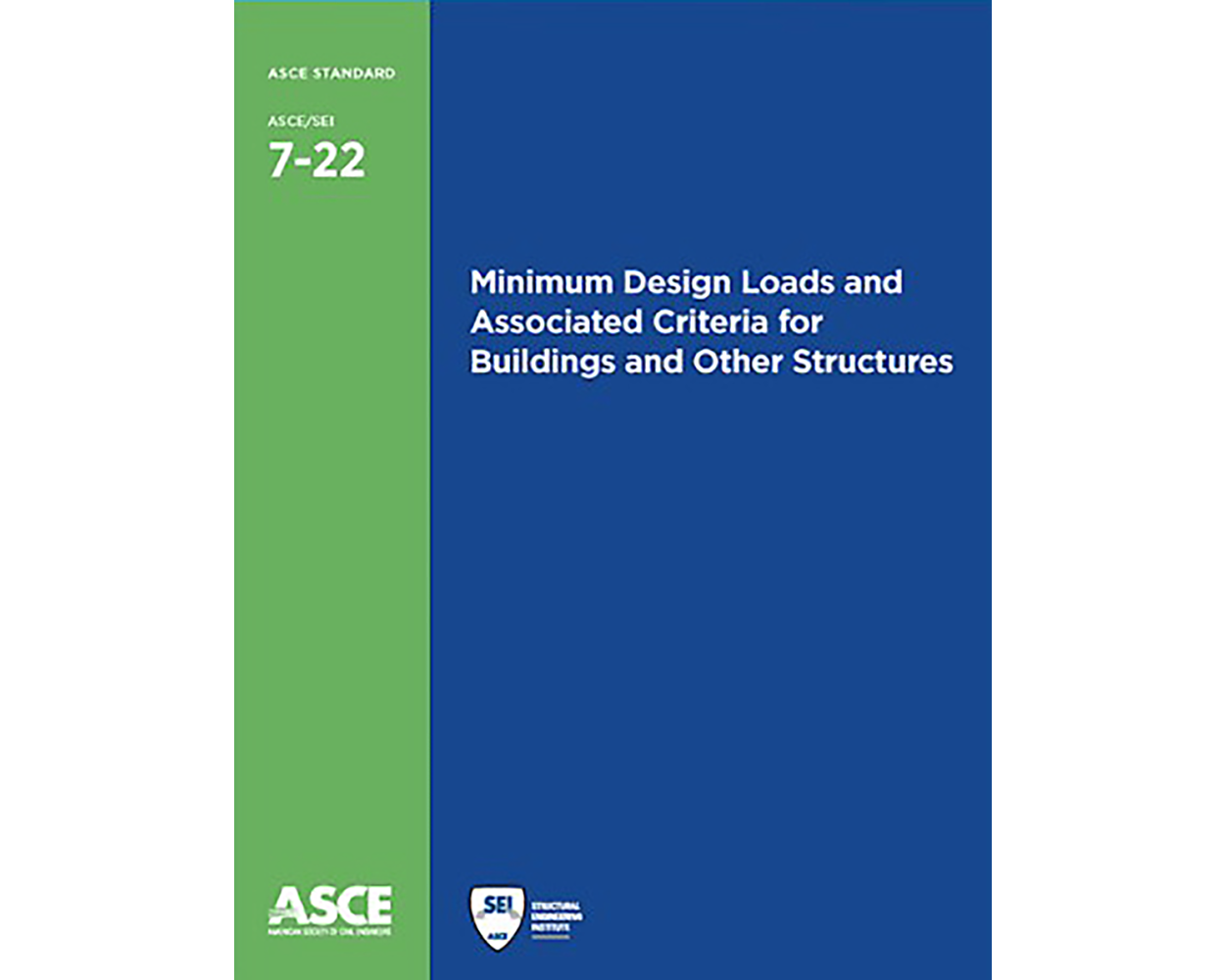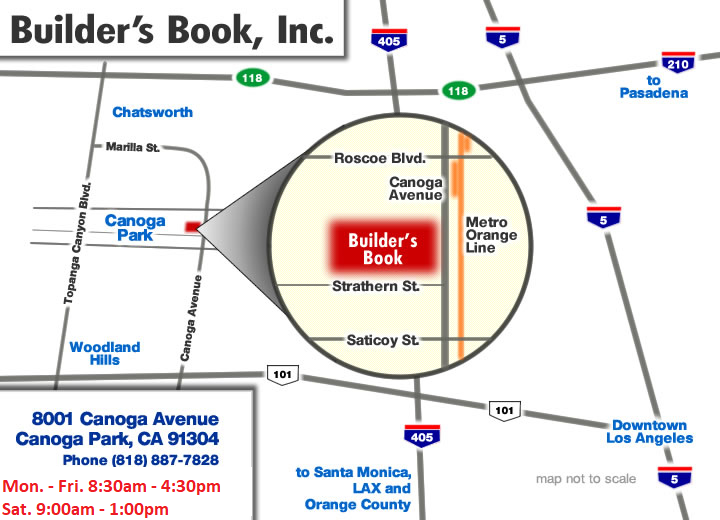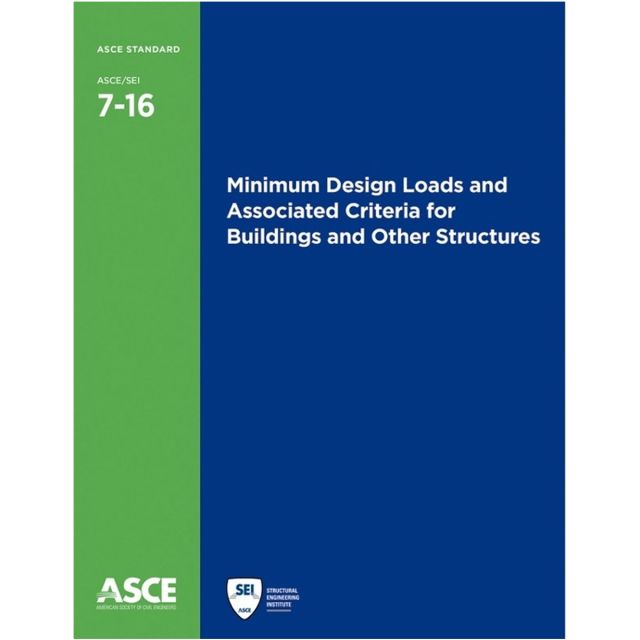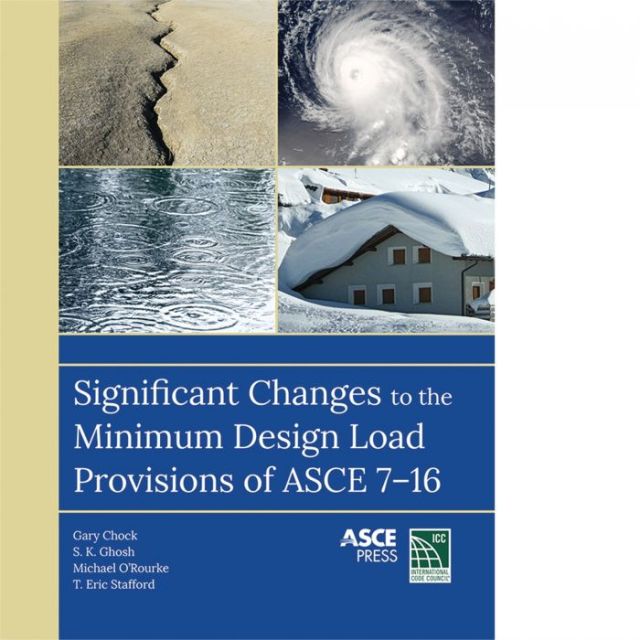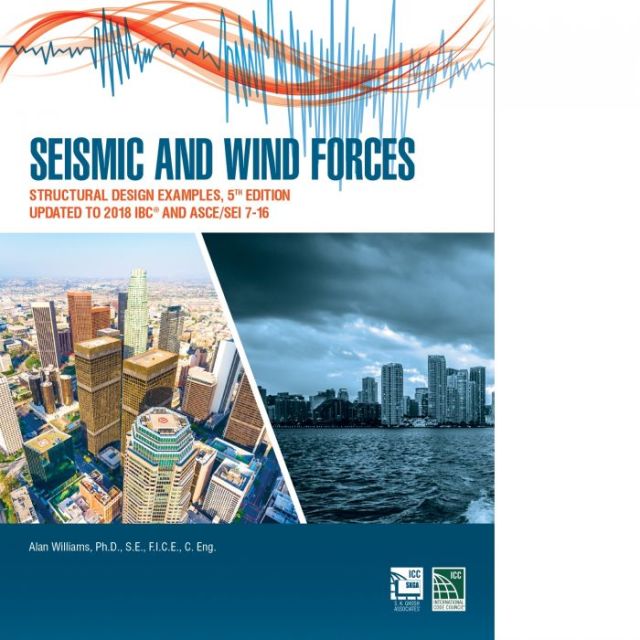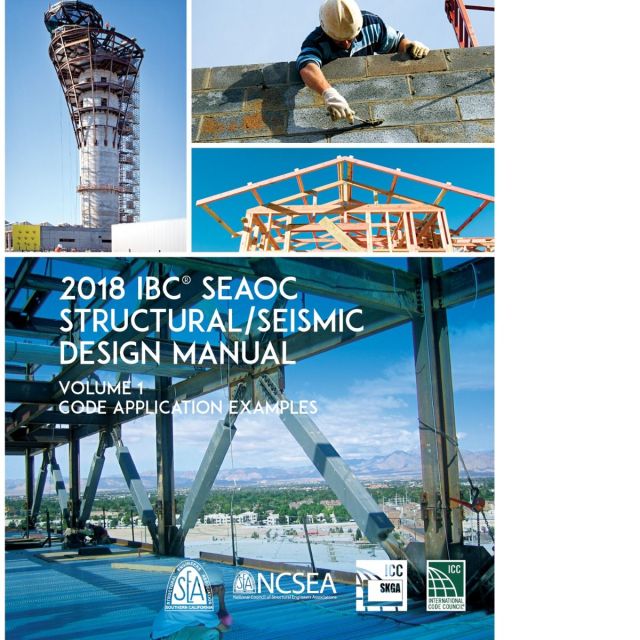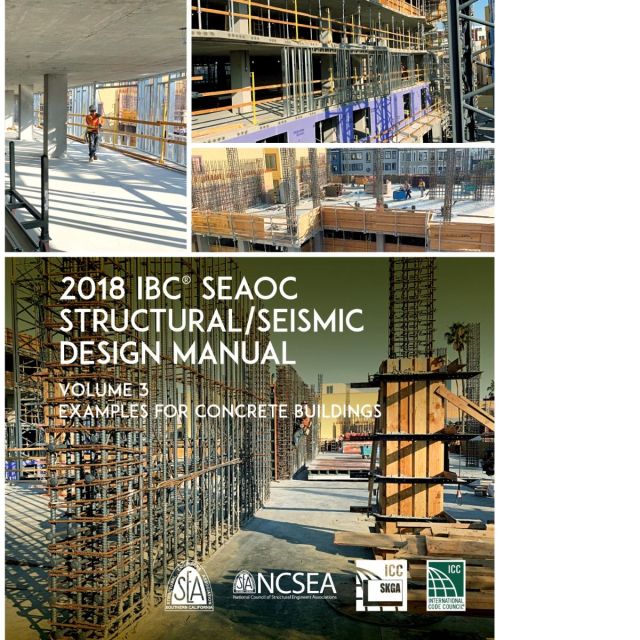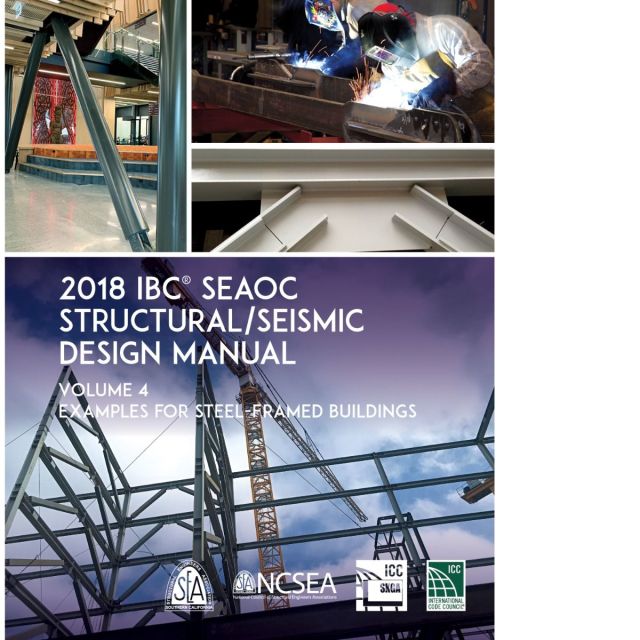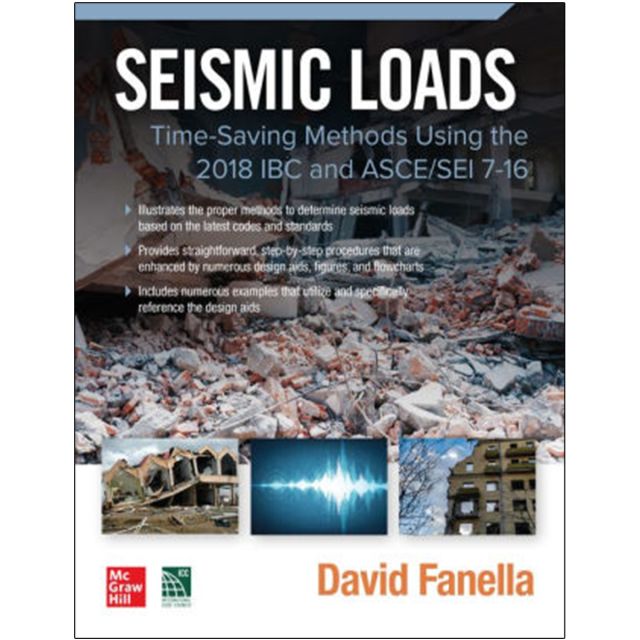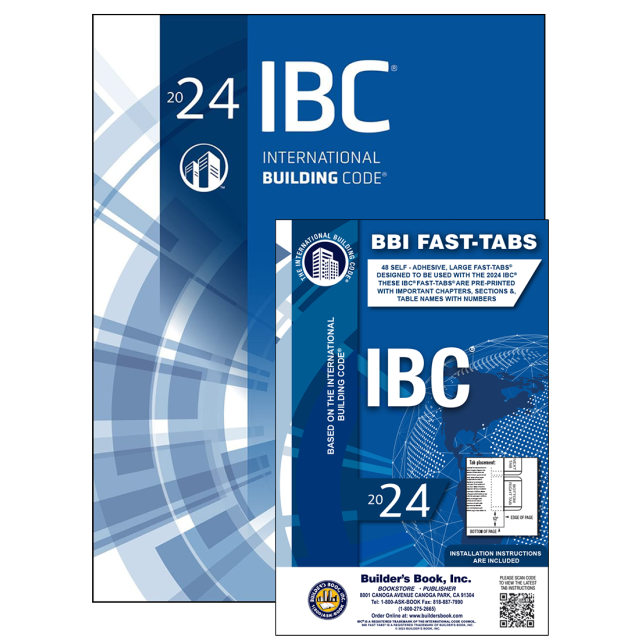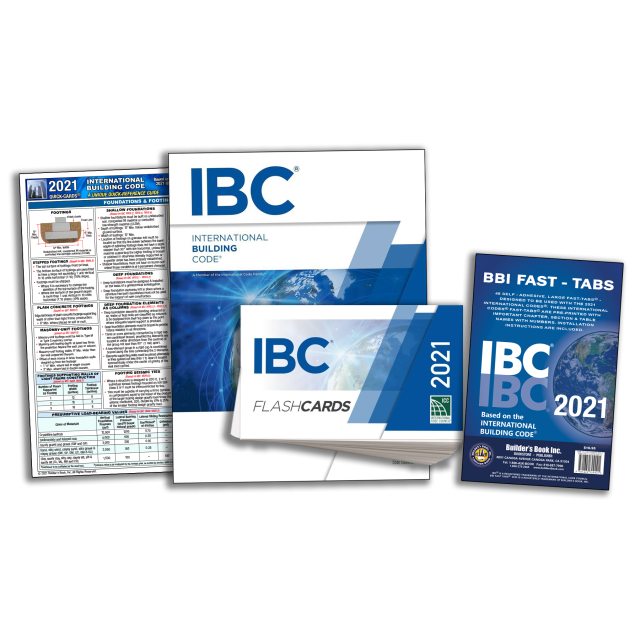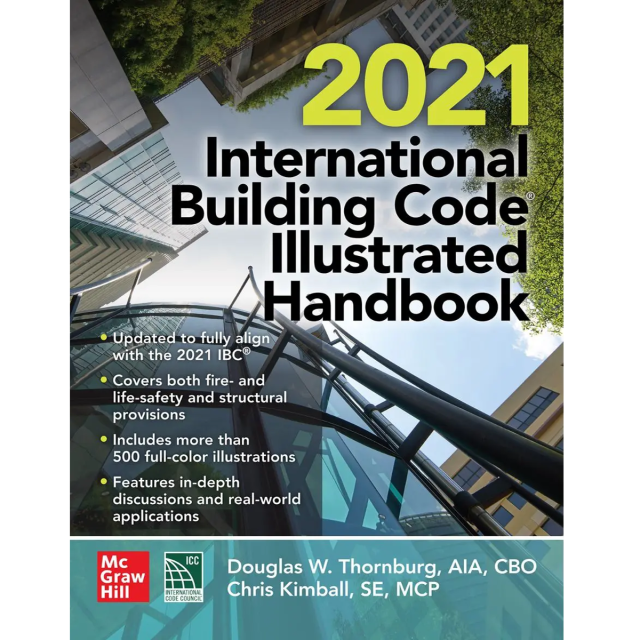ASCE/SEI 7-22 Minimum Design Loads and Associated Criteria for Buildings and Other Structures
Introduction:
Embark on a revolutionary journey into the world of structural design with the ASCE/SEI 7-22 Minimum Design Loads and Associated Criteria for Buildings and Other Structures. Developed by the Minimum Design Loads and Associated Criteria for Buildings and Other Structures Standards Committee of the Codes and Standards Activity Division of the Structural Engineering Institute of ASCE, this cutting-edge standard is poised to redefine the landscape of structural engineering. In this comprehensive guide, we will unravel the key features, explore the extensive topics covered, delve into effective usage, identify the beneficiaries, and finally, conclude with the transformative impact of ASCE/SEI 7-22 on the field of structural design.
Key Features:
-
Coordinated Loading Provisions: ASCE/SEI 7-22 stands out for providing the most up-to-date and coordinated loading provisions for general structural design, ensuring a holistic approach to structural integrity.
-
Comprehensive Hazard Coverage: Encompassing a wide array of hazards, from dead and live loads to seismic, wind, and fire, this standard ensures that all aspects of structural design are meticulously considered, promoting safety and resilience.
-
Incorporation of Latest Material Standards: The 2022 edition coordinates seamlessly with the latest structural material standards, including those from ACI, AISC, AISI, AWC, and TMS, ensuring that the design loads align with the most current industry standards.
-
Technological Advancements: Introduces significant technical changes such as new target reliability tables, alternative methods for loads, terminology updates, and provisions for emerging challenges like emergency vehicle loads, making it a forward-looking and adaptable resource.
-
Risk-Targeted Data: Incorporates risk-targeted atmospheric ice load data, updated tsunami data, and revised ground snow loads, reflecting a commitment to precision, reliability, and real-world application.
-
Multi-Period Response Spectrum Data: Streamlines the design process by eliminating the need for Fa and Fv coefficients, providing a more efficient and accurate approach to structural analysis.
-
Innovative Lateral Force Resisting Systems: Introduces new lateral force resisting systems, including steel and concrete coupled composite plate shear walls, reinforced concrete ductile coupled shear walls, cross-laminated timber shear walls, and concrete tabletop structures.
-
Dedicated Tornado Provisions: Recognizing the growing significance of tornado-related challenges, ASCE/SEI 7-22 introduces a dedicated chapter for tornado provisions, enhancing the standard's relevance in diverse geographical contexts.
Topics Covered:
-
Load Evaluations: Prescribes design loads for various hazards, providing a detailed methodology for evaluating load combinations, ensuring structural integrity under diverse conditions.
-
Groundbreaking Technologies: Covers emerging technologies in structural design, including provisions for above-ground horizontal pipelines, offering a forward-thinking perspective on evolving challenges.
-
In-Depth Snow Load Revisions: Reflects the latest snow load data, incorporating reliability-targeted values, and introduces a revised method for estimating drifts, providing a nuanced approach to snow-related considerations.
-
Lateral Force Resisting Systems: Explores the intricacies of new lateral force resisting systems, offering insights into their application and relevance in contemporary structural engineering.
-
Risk-Targeted Atmospheric Ice Load Data: Provides detailed data for risk-targeted atmospheric ice loads, catering to the unique challenges posed by ice-related structural concerns.
How to Use:
-
Reference Tool: Utilize ASCE/SEI 7-22 as a comprehensive reference tool during the planning, design, and construction phases, ensuring that every structural decision aligns seamlessly with the latest standards.
-
Verification Companion: Streamline the verification process by leveraging the standard as a companion, simplifying the complexities of verifying compliance with structural design loads.
-
Enforcement Manual: Strengthen your enforcement procedures by incorporating ASCE/SEI 7-22, fostering a culture of compliance and accountability throughout the construction process.
Who Can Benefit:
-
Structural Engineers: Navigate the complexities of structural design with precision, incorporating ASCE/SEI 7-22 as an essential tool for ensuring the integrity and safety of diverse building structures.
-
Architects: Enhance your design process by aligning with the most current and coordinated loading provisions, promoting sustainable and resilient architectural solutions.
-
Building Code Committees: Stay at the forefront of structural design standards, contributing to the evolution of building codes and ensuring that they resonate with the latest industry practices.
-
Regulatory Authorities: Leverage the insights provided by ASCE/SEI 7-22 to enhance regulatory frameworks, fostering a safer and more reliable built environment.
Conclusion:
In conclusion, the ASCE/SEI 7-22 Minimum Design Loads and Associated Criteria for Buildings and Other Structures emerges as a beacon of innovation and precision in the field of structural engineering. With its coordinated loading provisions, risk-targeted data, and incorporation of the latest material standards, this standard is poised to revolutionize the way we approach structural design. As an integral part of building codes globally, it sets the stage for a future where structures are not only compliant but also resilient, sustainable, and adaptable to the challenges of our ever-changing world. Embrace the transformative power of ASCE/SEI 7-22, where every page is a testament to the commitment to excellence in structural design.
___________________________________________
Minimum Design Loads and Associated Criteria for Buildings and Other Structures (7-22)
Prepared by the Minimum Design Loads and Associated Criteria for Buildings and Other Structures Standards Committee of the Codes and Standards Activity Division of the Structural Engineering Institute of ASCE
Minimum Design Loads and Associated Criteria for Buildings and Other Structures, ASCE/SEI 7-22, provides the most up-to-date and coordinated loading provisions for general structural design. This standard prescribes design loads for all hazards including dead, live, soil, flood, tsunami, snow, rain, atmospheric ice, seismic, wind, and fire, as well as how to evaluate load combinations. The 2022 edition of ASCE 7, which supersedes ASCE 7-16, coordinates with the most current structural material standards including those from ACI, AISC, AISI, AWC, and TMS.
Significant technical changes include the following: new target reliability tables for tsunami and extraordinary loads; new alternative method for loads from water in soil; terminology change from guardrail system to guard system; new provisions for emergency vehicle loads; updated tsunami data for Hawaii and many populous locations in California, coordinated with the state agencies; new tsunami provisions for above-ground horizontal pipelines; revised ground snow loads to reflect more recent snow load data and reliability-targeted values; revised method for estimating drifts to include a wind parameter; design rain load revisions to explicitly consider a ponding head; new risk-targeted atmospheric ice load data for the continental United States and Alaska; multi-period response spectrum data that eliminates need for Fa and Fv coefficients; new lateral force resisting systems such as steel and concrete coupled composite plate shear walls, reinforced concrete ductile coupled shear walls, cross-laminated timber shear walls, and concrete tabletop structures; new provisions for rigid wall, flexible diaphragm buildings (big box stores/warehouse); new and updated provisions for supported and interconnected (coupled) nonbuilding structures; new wind provisions for MWFRS and C&C of elevated buildings; new chapter of tornado provisions; new long return period hazard maps for wind and tornado.
In addition to the technical changes, the 2022 edition of ASCE 7 provisions are accompanied by detailed commentary with explanatory and supplementary information developed to assist users of the standard, including design practitioners, building code committees, and regulatory authorities.
Standard ASCE/SEI 7 is an integral part of building codes in the United States and around the globe, and is adopted by reference into the International Building Code, International Existing Building Code, International Residential Code, and NFPA 5000 Building Construction and Safety Code. Structural engineers, architects, and those engaged in preparing and administering local building codes will find the structural load requirements essential to their practice.
2022 / 1,036 pp. / 2 vols.
| Price | $399.95 |
|---|---|
| Customer Service | We're Here To Help Call us anytime during our customer service hours... Monday through Friday - 8:30 am to 4:30 pm (Pacific) Order Questions: TOLL FREE, 800-273-7375 (Outside the U.S. call 818-887-7828). Our Address: 8001 Canoga Avenue Canoga Park, CA 91304 US Phone: 800-275-2665 E-mail: sales@buildersbook.com
|
| Description | Introduction: Embark on a revolutionary journey into the world of structural design with the ASCE/SEI 7-22 Minimum Design Loads and Associated Criteria for Buildings and Other Structures. Developed by the Minimum Design Loads and Associated Criteria for Buildings and Other Structures Standards Committee of the Codes and Standards Activity Division of the Structural Engineering Institute of ASCE, this cutting-edge standard is poised to redefine the landscape of structural engineering. In this comprehensive guide, we will unravel the key features, explore the extensive topics covered, delve into effective usage, identify the beneficiaries, and finally, conclude with the transformative impact of ASCE/SEI 7-22 on the field of structural design. Key Features:
Topics Covered:
How to Use:
Who Can Benefit:
Conclusion: In conclusion, the ASCE/SEI 7-22 Minimum Design Loads and Associated Criteria for Buildings and Other Structures emerges as a beacon of innovation and precision in the field of structural engineering. With its coordinated loading provisions, risk-targeted data, and incorporation of the latest material standards, this standard is poised to revolutionize the way we approach structural design. As an integral part of building codes globally, it sets the stage for a future where structures are not only compliant but also resilient, sustainable, and adaptable to the challenges of our ever-changing world. Embrace the transformative power of ASCE/SEI 7-22, where every page is a testament to the commitment to excellence in structural design. ___________________________________________ Prepared by the Minimum Design Loads and Associated Criteria for Buildings and Other Structures Standards Committee of the Codes and Standards Activity Division of the Structural Engineering Institute of ASCE Minimum Design Loads and Associated Criteria for Buildings and Other Structures, ASCE/SEI 7-22, provides the most up-to-date and coordinated loading provisions for general structural design. This standard prescribes design loads for all hazards including dead, live, soil, flood, tsunami, snow, rain, atmospheric ice, seismic, wind, and fire, as well as how to evaluate load combinations. The 2022 edition of ASCE 7, which supersedes ASCE 7-16, coordinates with the most current structural material standards including those from ACI, AISC, AISI, AWC, and TMS. Significant technical changes include the following: new target reliability tables for tsunami and extraordinary loads; new alternative method for loads from water in soil; terminology change from guardrail system to guard system; new provisions for emergency vehicle loads; updated tsunami data for Hawaii and many populous locations in California, coordinated with the state agencies; new tsunami provisions for above-ground horizontal pipelines; revised ground snow loads to reflect more recent snow load data and reliability-targeted values; revised method for estimating drifts to include a wind parameter; design rain load revisions to explicitly consider a ponding head; new risk-targeted atmospheric ice load data for the continental United States and Alaska; multi-period response spectrum data that eliminates need for Fa and Fv coefficients; new lateral force resisting systems such as steel and concrete coupled composite plate shear walls, reinforced concrete ductile coupled shear walls, cross-laminated timber shear walls, and concrete tabletop structures; new provisions for rigid wall, flexible diaphragm buildings (big box stores/warehouse); new and updated provisions for supported and interconnected (coupled) nonbuilding structures; new wind provisions for MWFRS and C&C of elevated buildings; new chapter of tornado provisions; new long return period hazard maps for wind and tornado. In addition to the technical changes, the 2022 edition of ASCE 7 provisions are accompanied by detailed commentary with explanatory and supplementary information developed to assist users of the standard, including design practitioners, building code committees, and regulatory authorities. Standard ASCE/SEI 7 is an integral part of building codes in the United States and around the globe, and is adopted by reference into the International Building Code, International Existing Building Code, International Residential Code, and NFPA 5000 Building Construction and Safety Code. Structural engineers, architects, and those engaged in preparing and administering local building codes will find the structural load requirements essential to their practice. 2022 / 1,036 pp. / 2 vols. |

